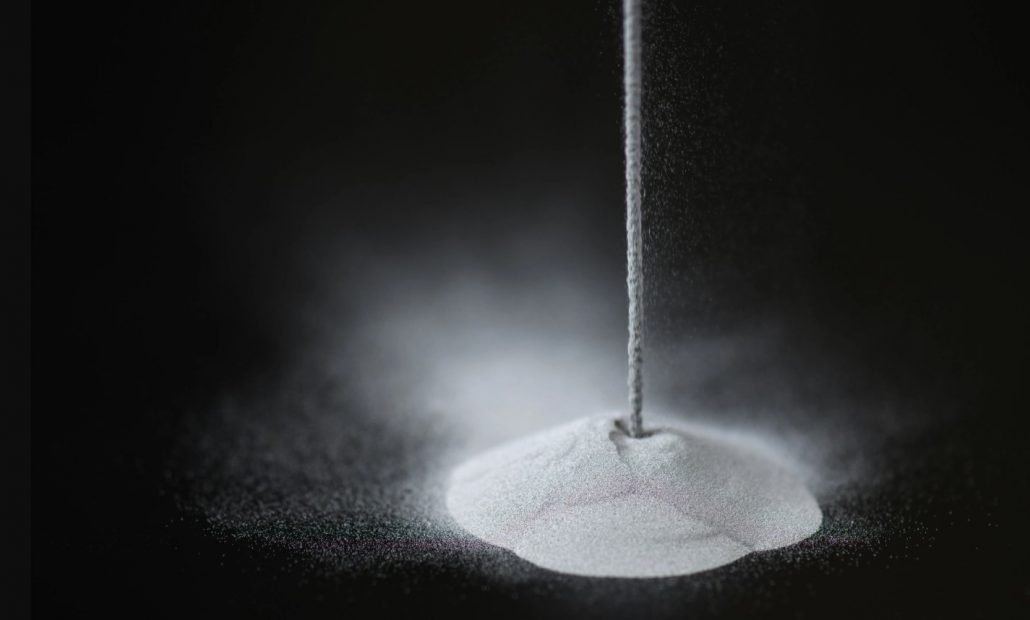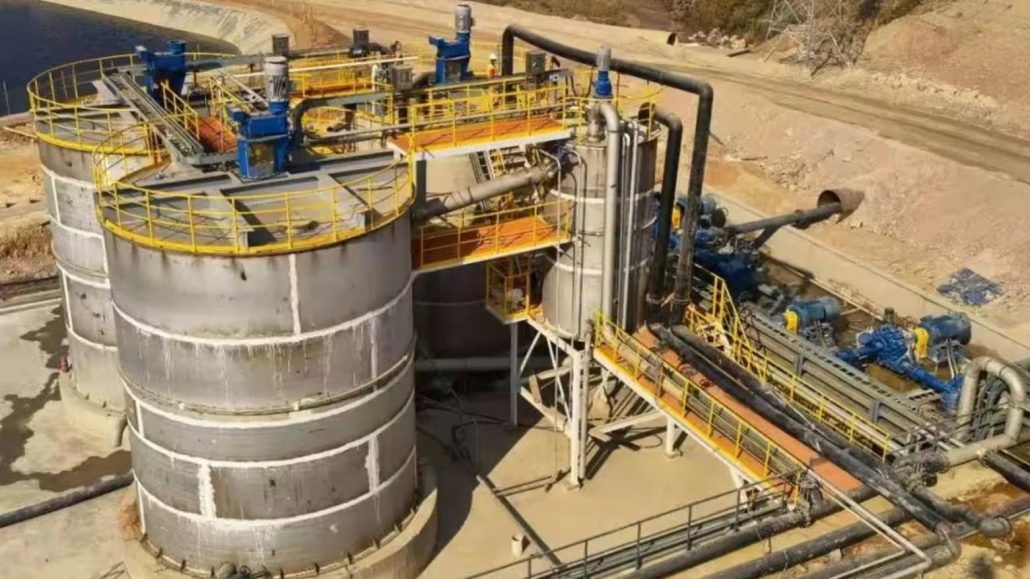
NASA’s investment in a breakthrough superalloy developed for extreme temperatures and harsh conditions is on the verge of yielding commercial benefits.
NASA Licenses Breakthrough Superalloy for Commercial Use
NASA is licensing its invention, “GRX-810,” to four American companies to boost the U.S. economy and provide a return on taxpayer investment. GRX-810 is a 3D-printable high-temperature material designed to create stronger and more durable airplane and spacecraft parts that can withstand more stress before breaking. The co-exclusive license agreements allow these companies to produce and market GRX-810 to aircraft and rocket equipment manufacturers and the entire supply chain.
Co-Exclusive Licensing Agreements with Four U.S. Companies
The four co-exclusive licensees are:
- Carpenter Technology Corporation of Reading, Pennsylvania
- Elementum 3D, Inc. of Erie, Colorado
- Linde Advanced Material Technologies, Inc. of Indianapolis
- Powder Alloy Corporation of Loveland, Ohio
GRX-810: A 3D-Printable Alloy for High-Temperature Applications
GRX-810 is among many new technologies that NASA’s Technology Transfer Program managers review and patent. The team works with inventors to find partners interested in commercialization. “NASA invests tax dollars into research that demonstrates direct benefit to the U.S. and transfers its technologies to industry by licensing its patents,” said Amy Hiltabidel, licensing manager at NASA’s Glenn Research Center.
New Alloy Design and Manufacturing Techniques
NASA engineers designed GRX-810 for aerospace applications, including liquid rocket engine injectors, combustors, turbines, and hot-section components capable of enduring temperatures over 2,000 degrees Fahrenheit. “GRX-810 represents a new alloy design space and manufacturing technique that was impossible a few years ago,” said Tim Smith, materials researcher at NASA Glenn.
Smith co-invented the superalloy with his Glenn colleague Christopher Kantzos using computer modeling and a laser 3D-printing process that fuses metals layer-by-layer. Tiny particles containing oxygen atoms spread throughout the alloy, enhancing its strength. Compared to other nickel-based alloys, GRX-810 can endure higher temperatures and stress, lasting up to 2,500 times longer. It is also nearly four times better at flexing before breaking and twice as resistant to oxidation damage. “The adoption of this alloy will lead to more sustainable aviation and space exploration,” said Dale Hopkins, deputy project manager of NASA’s Transformational Tools and Technologies project. “Jet engine and rocket components made from GRX-810 will lower operating costs by lasting longer and improving overall fuel efficiency.”
Collaboration with NASA Research Centers and Universities
Research and development teams include those from NASA’s Glenn Research Center, Ames Research Center, Ohio State University, and Marshall Space Flight Center, where recent tests included 3D-printed rocket engine parts.
Marshall completed a successful hot-fire test series at Test Stand 115 in 2023. This series demonstrated GRX-810 injectors and regeneratively cooled nozzles for liquid rocket engines. The center is advancing additive manufacturing for propulsion applications and developing 3D-printing technologies for in-space manufacturing. Marshall has capabilities for the entire lifecycle of complex additively manufactured propulsion components and engine systems to enable high performance for NASA, government, and commercial space missions.
NASA develops many technologies to solve the challenges of space exploration, advance the understanding of our home planet, and improve air transportation. Through patent licensing and other mechanisms, NASA has transferred more than 2,000 technologies to companies, supporting the American economy.








Leave a Reply
You must be logged in to post a comment.